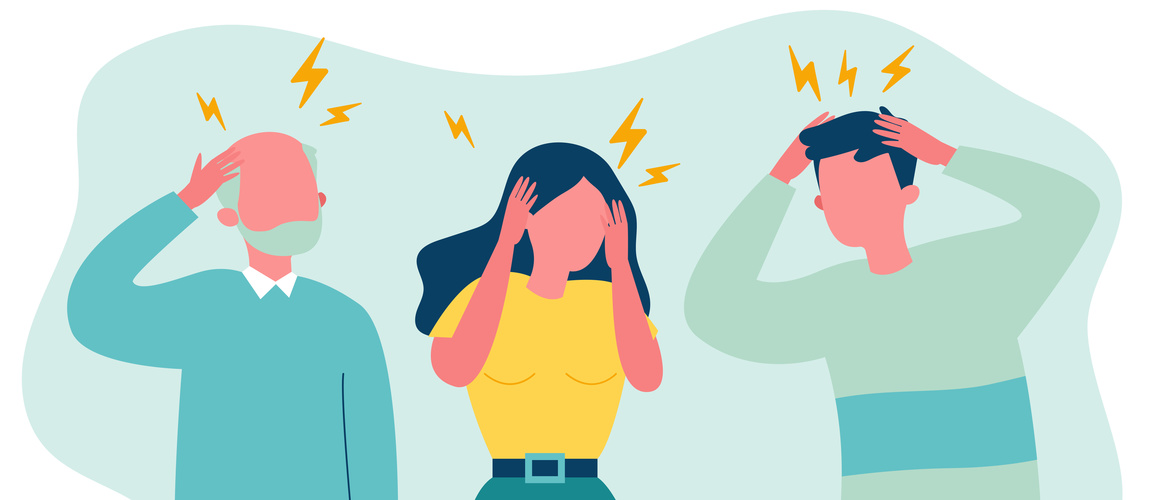
Choose a channel
Check out the different Progress in Mind content channels.

Progress in Mind

Migraine preventive therapy is used to reduce frequency, duration, or severity of attacks of episodic migraine.1 But who is eligible for treatment? asked Professor Stephanie Nahas, Thomas Jefferson University, Philadelphia, PA, at the Virtual Scottsdale Headache Symposium 2020.
What is migraine preventive eligibility?
Many people with migraine are not receiving appropriate preventive therapy
Many people think migraine preventive eligibility is at least four migraine headache days/month, said Professor Nahas. However, it has been shown that:
Many people with migraine are therefore missing out on appropriate preventive therapy, said Professor Nahas.
Some people may argue that people with less than four migraine headache days/month need better acute therapy, she added.
But perhaps management of migraine should not be dichotomized into acute and preventive like two sides of a coin. Maybe management of migraine should be considered as two constantly spinning hemispheres of a globe, Professor Nahas said.
Management of migraine should not be dichotomized into acute and preventive
Are migraine preventive therapies reducing the frequency of migraine attacks?
Professor Nahas described a retrospective review of 2800 patients treated with migraine preventive therapies between 2009 and 2019.3
The preventive drugs used were beta blockers, calcium channel blockers, antidepressants, magnesium, antiepileptics, and angiotensin II antagonists. 550 patients withdrew from treatment due to adverse events and many others (1000) were lost to follow-up.3
The study demonstrated that only one-third of patients who completed the study experienced a reduction of migraine frequency of at least 50%.3
More needs to be done achieve better migraine reduction
Devices and other therapies are gaining in popularity and have shown preventive efficacy, but they may not be more effective than standard medications, said Professor Nahas. They include:
Professor Nahas concluded by highlighting that rapid migraine reduction is a goal worth striving for but more needs to be done to identify when patients need better migraine reduction and how to achieve it.
Our correspondent’s highlights from the symposium are meant as a fair representation of the scientific content presented. The views and opinions expressed on this page do not necessarily reflect those of Lundbeck.